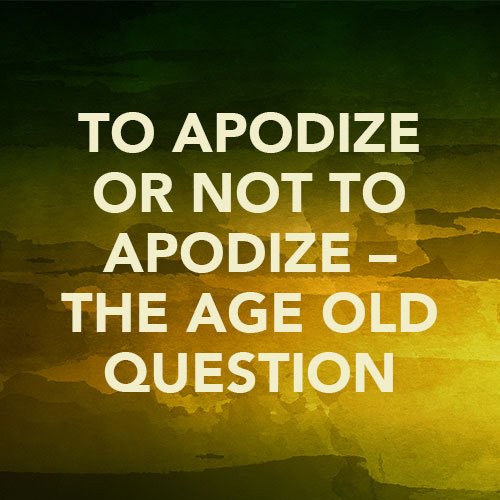Welcome to Nanalysis’ benchtop NMR Blog
We love benchtop NMR! In this blog section, you will find all things benchtop NMR. Please contact us if you would like to discuss about your project.
Category
NMR Topics
- 100 MHz NMR
- 11B NMR
- 129Xe NMR
- 13C NMR
- 19F NMR
- 19F NMR Spectroscopy
- 31P NMR
- 3H NMR
- Agrochemicals
- Applications
- Batteries
- Biopolymers
- Botanicals
- COSY
- CPMG
- Cannabis
- Chemical Analysis
- Cosmetics
- DEPT
- Dithiazine
- Drug Analysis
- Dyes
- Edible Oils
- Educational NMR
- Energy
- Exchangeable Protons
- Exchangeable protons
- Flavor and Fragrances
- Flow NMR
- Fluorine-19 NMR
- Food Science
- Food and Beverage
- Forensics
- Forestry
- HMBC
- HSQC
- Hands-on Learning
- Heteronuclear J-coupling
- Hydrogen sulfide
- Hydroxyl value
- Hyphenated NMR
- Illicit Drugs
- Industrial Applications
- Inorganic Chemistry
- Interpretation of NMR
- Interpretation of NMR Spectra
- Inversion-Recovery
- Keto-Enol Tautomerism
- LF vs. HF NMR
- Lignin Analysis
How much medicine is in my medicine?
In this blog post we show a simple experiment that teaches student how common over the counter (OTC) medications can be qualified and quantified for their different active pharmaceutical ingredients (API) using qNMR spectroscopy.
Part 1 - T1 relaxation: definition, measurement and practical implications!
Nuclear Magnetic Resonance spectroscopy is based on the idea that some nuclei can behave as little magnetic bars (I spin number ≠ 0). In the presence of a magnetic field (B0) the nuclear spins feel a small torque for or against the B0 axis, which results in a net magnetization along the B0 direction. Benchtop NMR 1-855-NMREADY (667-3239) toll-free in the US and Canada.
DEPT: A tool for 13C peak assignments
Distortionless Enhancement by Polarization Transfer (DEPT) is a double resonance pulse program that transfers polarization from an excited nucleus to another – most commonly 1H → 13C. This results in a sensitivity enhancement relative to the standard decoupled 1D carbon spectra (13C), which benefits only from the small Nuclear Overhauser Effect (NOE) enhancements.
Synthetic Cannabinoids and Signal Patterns
Synthetic cannabinoids (SC) are designer drugs that aim to mimic the pharmacological effect of the natural cannabinoid (−)-trans-Δ9-tetrahydrocannabinol (THC). Many SCs have an even higher binding affinity to the CB1 receptor, which is responsible for the psychoactive effects…
Analysis of Lignins Using 31P Benchtop NMR Spectroscopy
As a class of complex cross-linked phenolic macromolecules, lignin is an important component of plant-based biomass.1 Biologically, lignin is a major component of lignocellulose, helping to strengthen cell walls in wood. A by-product of paper production…
Beyond structural elucidation, introduction to qNMR – Part I
…more and more analytical and industrial laboratories have started employing quantitative nuclear magnetic resonance (qNMR) spectroscopy as a tool for content assignment (due to its superb structural elucidation abilities) and quantification of purity in a sample. Read More.
β-Diketone (Beta-diketone) tautomerization ratio determined via 60 MHz benchtop NMR
Tautomers are constitutional isomers that interconvert into each other by an exchange reaction, most commonly a proton transfer. Such two isomers can for example be a ketone and an enol. Keto-enol tautomerism (KET) becomes possible when there are hydrogen atoms adjacent to a carbonyl group (these hydrogen atoms are called α hydrogens). This tautomerism is depicted in Scheme 1 and is also discussed…
Why have chocolate eggs when you can have raw eggs?
…let’s look at regular eggs! Specifically, we’re going to look at cholesterol in the egg yolk. This idea hit me as I was taking my daily dose of raw eggs, when I thought, “why not try and analyze this to see what I am putting in my body?”.
NMR data processing: Phase Correction
Most NMR users know that phase correction is a very important adjustment that needs to be made to a spectrum. Practically speaking, the phase of a signal is related to the amount of signal observed above and below the baseline.
To apodize or not to apodize - the age old question
Are you familiar with the apodization tool in Mnova? Apodization (also referred to as Weighting or Windowing) literally translates to ‘cutting off the feet’ from the original Greek. In this case…












